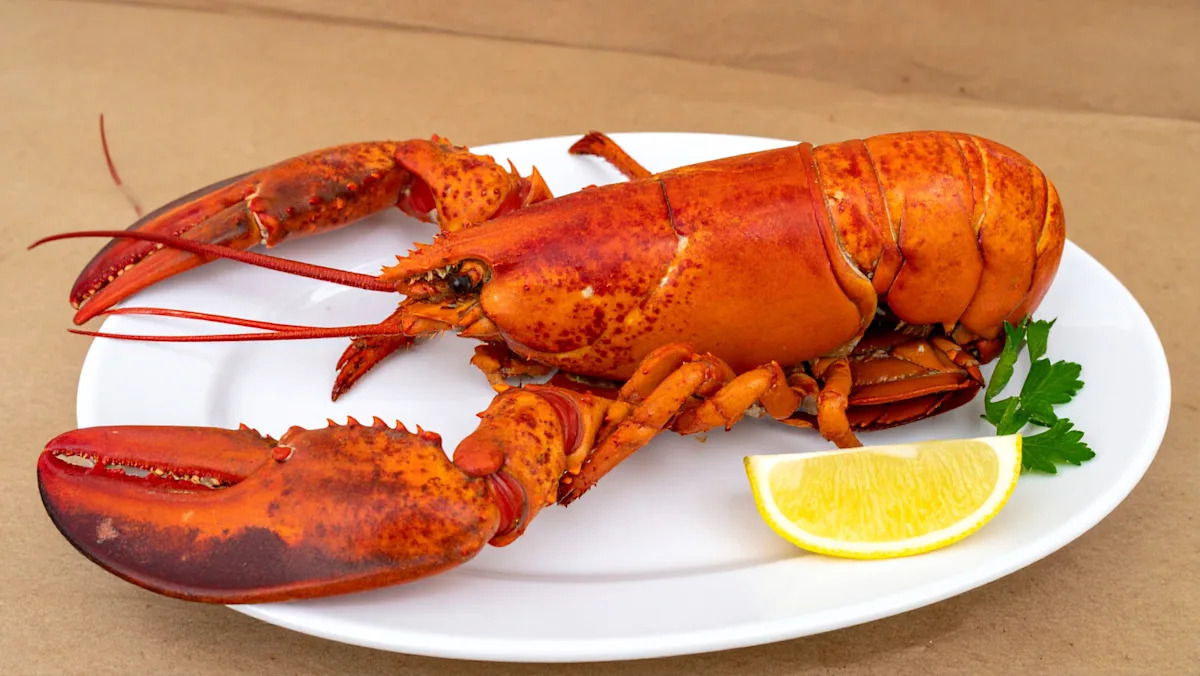Home / Business and Economy / Red Lobster's Sustainable Seafood Sourcing Revealed: A Surprising Dive into the Chain's Supply Chain
Red Lobster's Sustainable Seafood Sourcing Revealed: A Surprising Dive into the Chain's Supply Chain
17 Oct
Summary
- Red Lobster sources lobsters from 4 regions: Maine, Bahamas, Scotland, and Chile
- Company emphasizes wild-caught lobster, but faces lawsuit over sustainability claims
- Red Lobster launched ocean sustainability challenge to engage public on fishing practices

In October 2025, Red Lobster's seafood sourcing practices have come into the spotlight. The casual dining chain, known for its popular seafood dishes, sources its lobsters from four different regions: Maine, the Bahamas, Norway, and Chile. While the company emphasizes that its lobsters are mostly wild-caught, it is currently facing a class action lawsuit regarding its sustainability claims, particularly around its farmed shrimp.
Despite the legal challenge, Red Lobster has taken steps to address fishing sustainability. In early 2025, the chain launched the Red Lobster Ocean Sustainability Challenge, which aims to engage middle schoolers in finding innovative solutions to improve ocean health. This initiative suggests the company's commitment to addressing environmental concerns, as it relies on the ocean's bounty for its seafood offerings.
Interestingly, Red Lobster's supply chain is more transparent than many other food companies. The chain openly discloses the origins of its various seafood items, including where its flounder is sourced (off the coast of Alaska) and the sources of its farm-raised trout and salmon (Colombia and Chile, respectively). This level of transparency is uncommon in the industry, and it may be a strategic move to build consumer trust.




